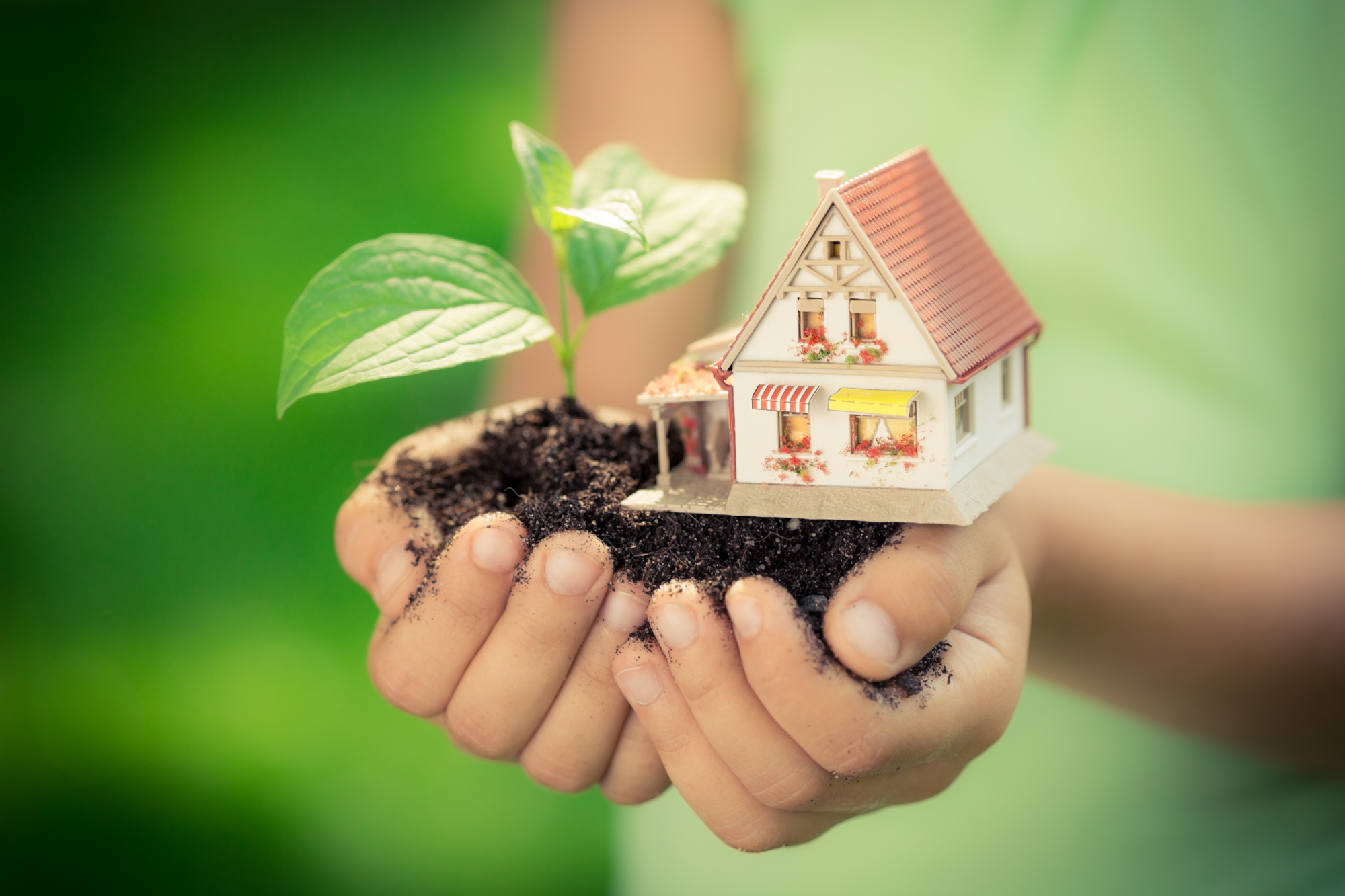5 Ways to Design a Green, Eco-friendly Home

Posted March 4, 2020 |
Tags: Green Design, Eco-friendly Home In recent years, society has become more educated on how people impact our planet. Whether it’s remembering to recycle or opting to use paper straws, simple practices are making a positive impact on our environment. Building green, eco-friendly homes is another way that people are significantly reducing their carbon footprint.
Here are five ways that smart building practices can protect our planet:
- Using sustainable building materials
For buying the materials to build your home, making smart choices can significantly reduce the negative impact on the earth. Buying products locally manufactured, using recycled materials, and reducing waste can are all eco-friendly practices. Utilizing materials like bamboo and cork can also make for a greener earth and a greener wallet.
- Purchasing the right appliances
While recycling old products works well in other areas, this principle doesn’t always hold true with appliances. Newer appliances use less water and energy than old appliances. Here are a few tips to remember while purchasing appliances for your home:
- Refrigerators- As the primary energy consumer in the kitchen, size matters. Choosing a reasonably sized unit can significantly cut down on energy usage. However, if a large unit saves you from having to utilize a second refrigerator in your home, that would be the smartest energy option.
- Dishwashers- Finding an Energy Star-rated unit uses less energy and water. Running full loads in an Energy Star-rated dishwasher uses even less water than handwashing your dishes.
- Clothes Washers- Energy Star-rated washing machines use 40% less water than standard washing machines, saving you money on water and energy costs.
- Indoor lighting
Generally, lighting is an underrated element in building design. However, lighting is critical to the look, mood, and concept of a home. Utilizing CFL or LED bulbs result in significant energy savings. These bulbs last longer and don’t put off as much heat as incandescent bulbs. Using natural light throughout the home is another energy-efficient solution that also provides various health benefits.
- Designing a house plan that works well with your land
A good architect can help you design a plan that works well with your lot and landscape. Creating a design that correlates natural light sources with the sun’s positioning can help save on energy costs.
- Air Quality
Air quality in a home is often taken for granted. Between dust, mold, chemical irritants, and synthetic building materials, the air quality in our homes can take a big hit. There are a few ways, however, that we can combat these contaminants. First, it is essential to use the right materials when building your home. For example, there are several paint, adhesive, and flooring options that contain fewer toxic chemicals. Next, ventilation can make a big difference in air quality and lessening the chance of mold. Intentional mechanical ventilation and heat recovery ventilation are options that should be considered when building a home.
Smart Design
Building a green, eco-friendly home is not only healthy for our environment, but it can also save you money. Learning about the many sustainable options can be an overwhelming process, but the right architect can help inform you on how to incorporate these elements into your home.
